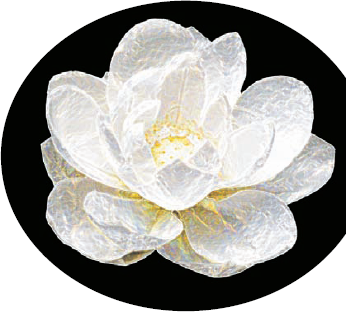Chapter 1. Using Channels
In This Chapter
Understanding what a channel is
Working with the Channels panel
Editing channels
Creating alpha channels
Using the Channel Mixer
If you're reading this, it probably means that you didn't quickly thumb through this chapter, say "Yuck, boorrrrringgg!" and move on to sexier topics such as blending, filtering, and retouching. You knew that would be a huge mistake.
The wonderful thing about channels is that they offer you greater control and selectivity when doing those very things — blending, filtering, and retouching. Channels give you one more level of control when editing your images. You can use individual channels for layer- blending options and filters, as well as starting points for masks.

Channels also come into play when saving selections for later use or for adding spot (custom) colors to your image. You can also use channels to turn color images into nicely contrasted grayscale images. And finally, you can play around with the colors in an image by mixing up the channels. So bear with me. The topic of channels may be a bit dry and technical, but in the end, channels enable you to hold the envious title of Master Editor.
To understand how channels work, you'll find it helpful to know a few things about colors — specifically, the various color modes, which I cover in Book II, Chapter 2.
Understanding Channels
When you look at a color image, you ...
Get Photoshop® CS4 All-in-One For Dummies® now with the O’Reilly learning platform.
O’Reilly members experience books, live events, courses curated by job role, and more from O’Reilly and nearly 200 top publishers.

